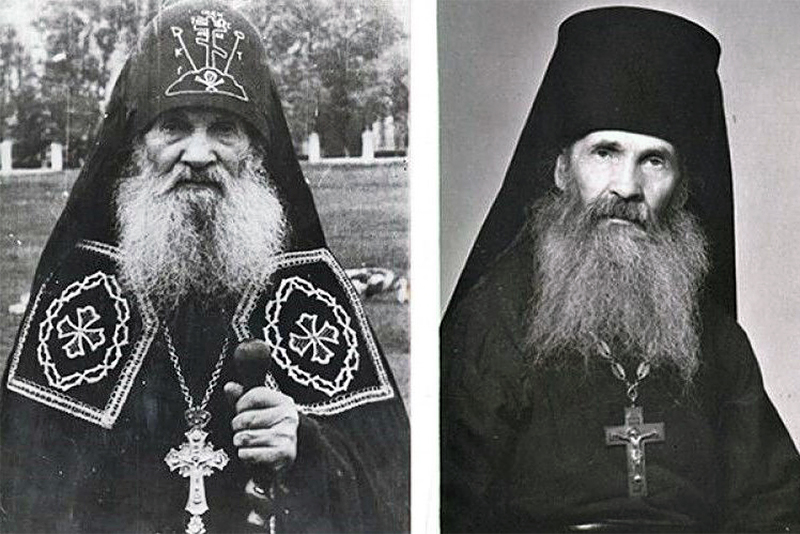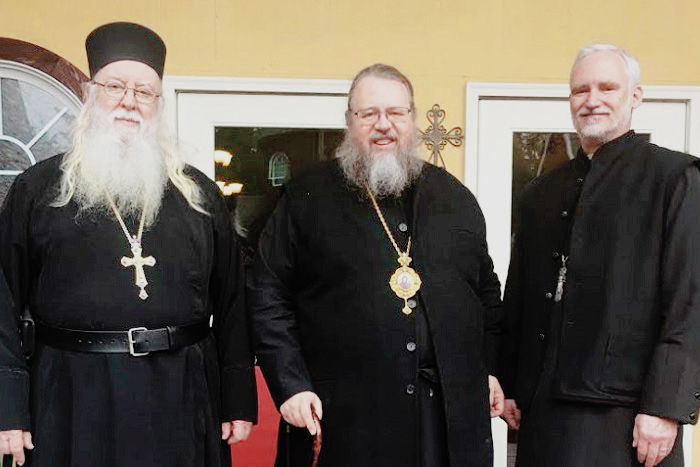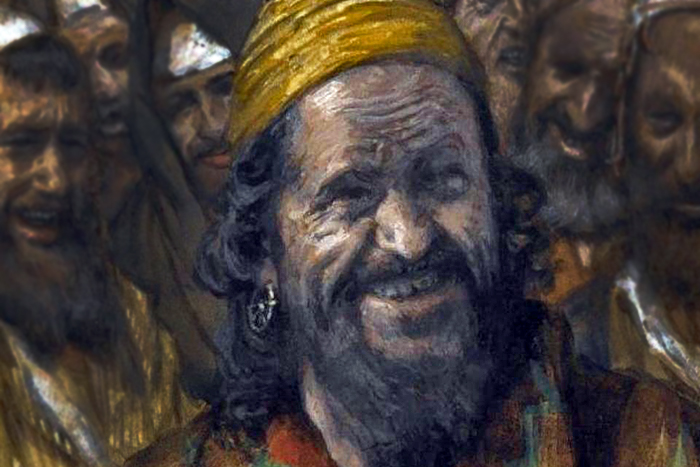
The beauty of the world around us attests to the beauty of the Divine. A woman recollected that the priest who brought her up always said, “Only a barbarian cannot see God’s hand in a buttercup.” The plants were created by God on the third day of creation, and set the stage for all living things. Many saints bypassed the natural laws by communicating closely with wild animals: Seraphim of Sarov and the bear, Paisius the Athonite and wild birds – such examples abound. Human life and the creation are inseparable.
Did you know that maple is a symbol of God’s wisdom? (As a fair olive tree in the plains, and as a plane tree (or: maple) by the water in the streets, was I [i.e., Wisdom] exalted. Sirach 24:19). I didn’t. Many plant species have symbolic meaning (even in this chapter of the book of Sirach), and if you think about it, you can see that the world of flora accompanies a person not only on the street, in houses, but in the temple space, too: plants are depicted on frescoes, mosaics, and icons; symbols of plants are used in church architecture. For instance, some Karelian churches have a dome tholobate, the prototype of which was a spruce cone. Churches are decorated with flowers for the holidays (the use of certain species of plants is prescribed for some feasts by the rubrics); now a separate genre of church art, called “church floristry”, is being developed.
For instance, according to the memories of his contemporaries, St. John of Kronstadt loved flowers and nature in general; people used to bring him flowers from either the garden or the field all the time. He would pick up a blossoming rose or peony, kiss the flower, and say, “I am kissing the Hand that made you so marvelous, so beautiful, so fragrant! O Creator, Creator! How wondrous You are in the tiniest grass, and in every petal!” Father John would hold the flower in his hand and give it to a person in the room; and how much joy that person received with it!
One local resident of the Isle of Zalit, where Elder Nikolai Gurianov lived, recalled that nobody used to cultivate flowers just for fun: there was not much land and people managed to grow potatoes and beans on the same bed. Father Nikolai, who loved flowers very much, was the first to have flowerbeds with dahlias, asters, and gladioluses in his yard.
Man is the crown of creation, and he was created with the whole world around him. Over time, however, he became merely a consumer of what was given to him as a gift and what should be taken care of, just as the master takes care of his estate. Caring for the creation is the natural condition of a healthy person.
The Blessed Elder Silouan of Athos, for example, took care of plants, and regarded any cruelty that harmed them as contrary to the doctrine of grace. He said that the Spirit of God teaches us to spare the whole creation, which is why we do not even want to hurt a leaf on a tree unnecessarily, “The leaf on a tree is green, and you have plucked it unduly. It is not a sin, but for some reason I feel sorry for the leaf, and if my heart truly knows how to love, I feel sorry for the whole creation.”
When it comes to environmental issues, the Church points out that all human actions and practices, whether positive or negative, have an impact on creation as well. At the time of our expulsion from the Paradise, God told Adam that the earth was going to suffer because of our sins: [C]ursed is the ground for thy sake; in sorrow shalt thou eat of it all the days of thy life (Genesis 3:17). Man was placed at the center of the universe as the “minister of creation” (vicar of nature). His task was to sanctify the whole world through his own holiness. It is possible to transform the whole world and make it a part of eternity thanks to the transformation of man. It can be asserted that the Christian attitude towards creation stems from the fact that we must fight against our sins and switch our consumer attitude to the creative one. After all, the fact that the world around us was given to man not only for consumption, but also for joy, is evidenced by the variety of plants that surround us. This biodiversity could not have happened in terms of evolution and effectiveness, but it does exist and is meant to bear witness to the Paradise and its glory.



